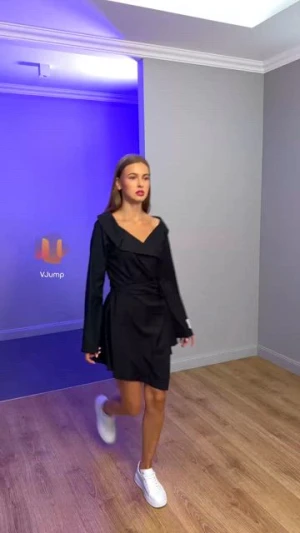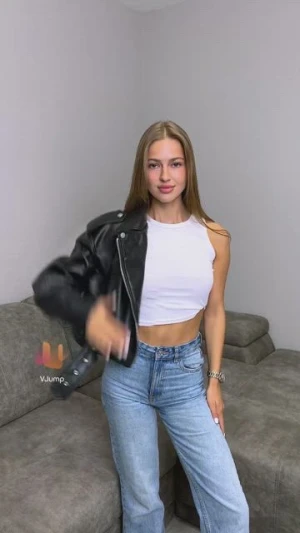TikTok algorithm explained and final thoughts

- Comparison with other platforms
- How does TikTok’s algorithm work for a content creator?
- How does TikTok learn about you as a user?
- TikTok algorithm explained and final thoughts
The social media landscape is dramatically changing. During the last decade, creators and influencers have been rewarded with a currency made up of followers and likes.
TikTok is exceptionally good at recommending content that when a user opens the app they will stay in it for over ten minutes. This is three times longer than Instagram for instance and even leaving out of the trends less popular platforms. This demonstrates that TikTok recommendation algorithm is just better, and this is not just about transitions and effects that make videos pop. Let’s see how other platforms do in comparison and find out how it works.
Comparison with other platforms
TikTok was the most popular social media app in the U.S. back in 2019 by average session duration. Behind it was Pinterest, then Reddit and Facebook, Skype, Tumblr, and Twitter. So TikTok is completely crushing the competition when it comes to the average session duration. Now, for a long time it has been known a short-form video content on mobile will be the future of mobile content. So now let us delve into how does TikTok work?
How does TikTok’s algorithm work for a content creator?
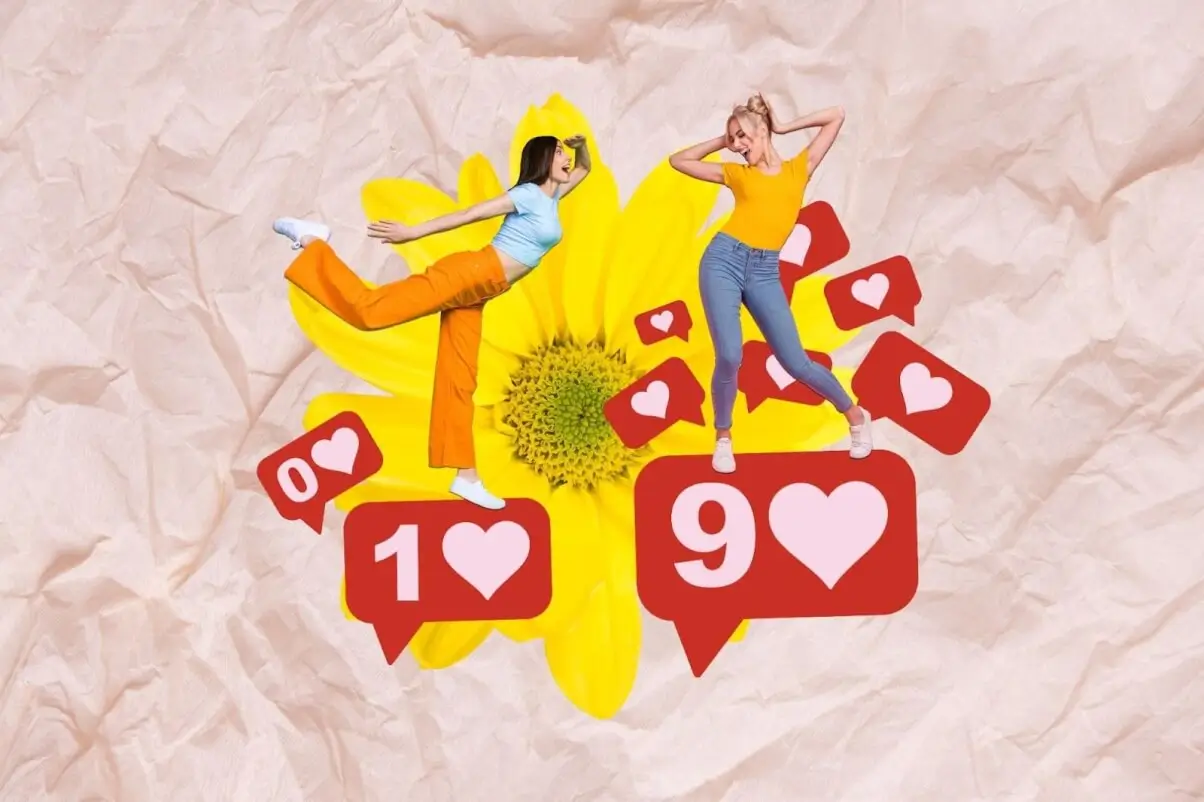
Here is how a video is evaluated when it’s posted to TikTok. Once a video is uploaded TikTok will analyze it using natural language processing and computer vision technology. Here is a quote from Byte Dance explaining how the algorithm works.
“We build intelligent machines that are capable of understanding and analyzing text, images, and videos using natural language processing and computer vision technology. This enables us to serve users with the content that they find most interesting, and empower creators to share moments that matter in everyday life to a global audience”
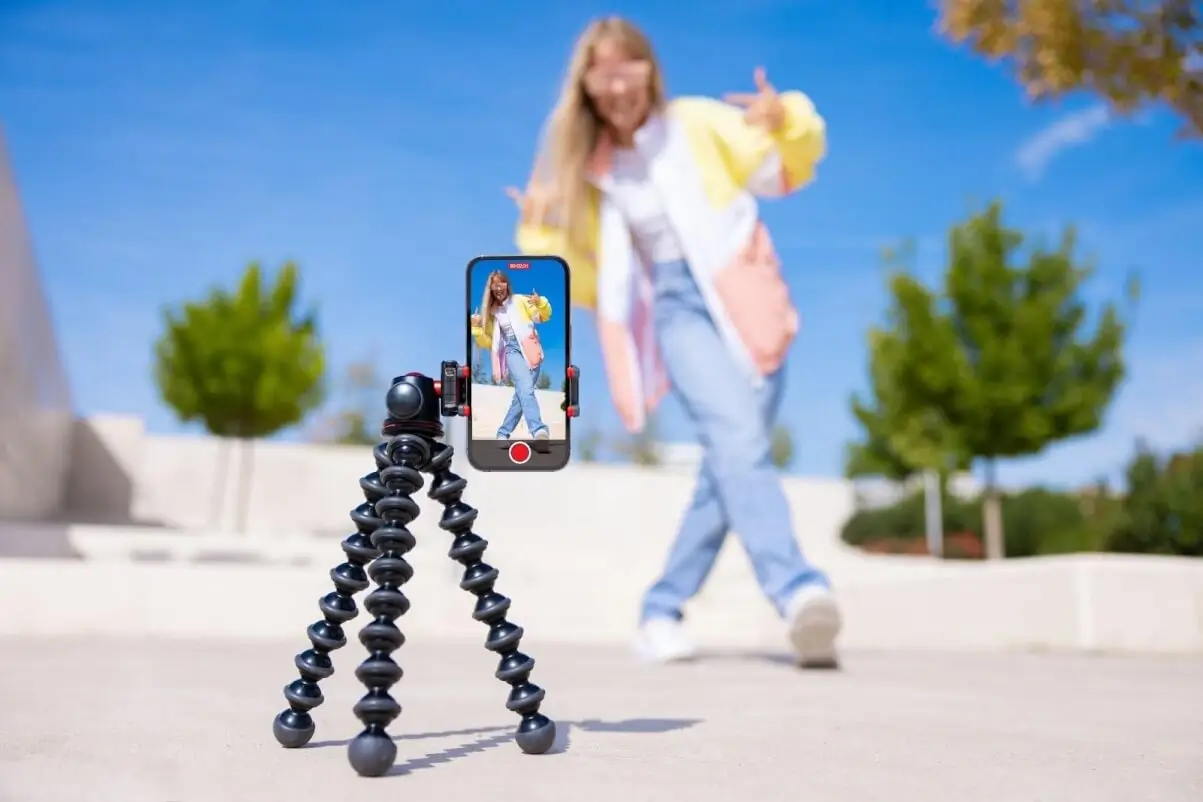
Computer vision picks up what it sees in the actual video, and then TikTok's natural language processor automatically transcribes the audio of that video to get a better understanding of the video content. Besides that, there is also Metadata which is the video's name, description, and hashtags, which are also taken into account. So now TikTok knows some basics about your video, and it’s going to boost your video to a small number of users on the platform. After that, the video evaluation is going to happen to see how the users and watchers interact with that video. Each interaction taken on that video is a metric that is tracked and has an associated score that varies in value. Here we’ve put together an estimated value scoreboard.
- Rewatch rate = 10 Points
- Completion rate = 8 Points
- Shares = 6 Points
- Comments = 4 Points
- Likes = 2 Points
As we see from this table, rewatch rate and completion rate are the most important metrics. However, video playing on a loop is not going to help go viral because they are calculated per user. This makes click farms redundant which is a problem that Facebook has been fighting for quite some time.
After being rated video now is marked as either successful or unsuccessful. If it is the 2nd case then its lifecycle ends and that is where you stop getting views likes and comments. And if the video had a decent completion or rewatch rate then it is marked as successful and goes back to the loop, pushed to a bigger audience, and re-rated again and again. This is how the video becomes viral.
How does TikTok learn about you as a user?
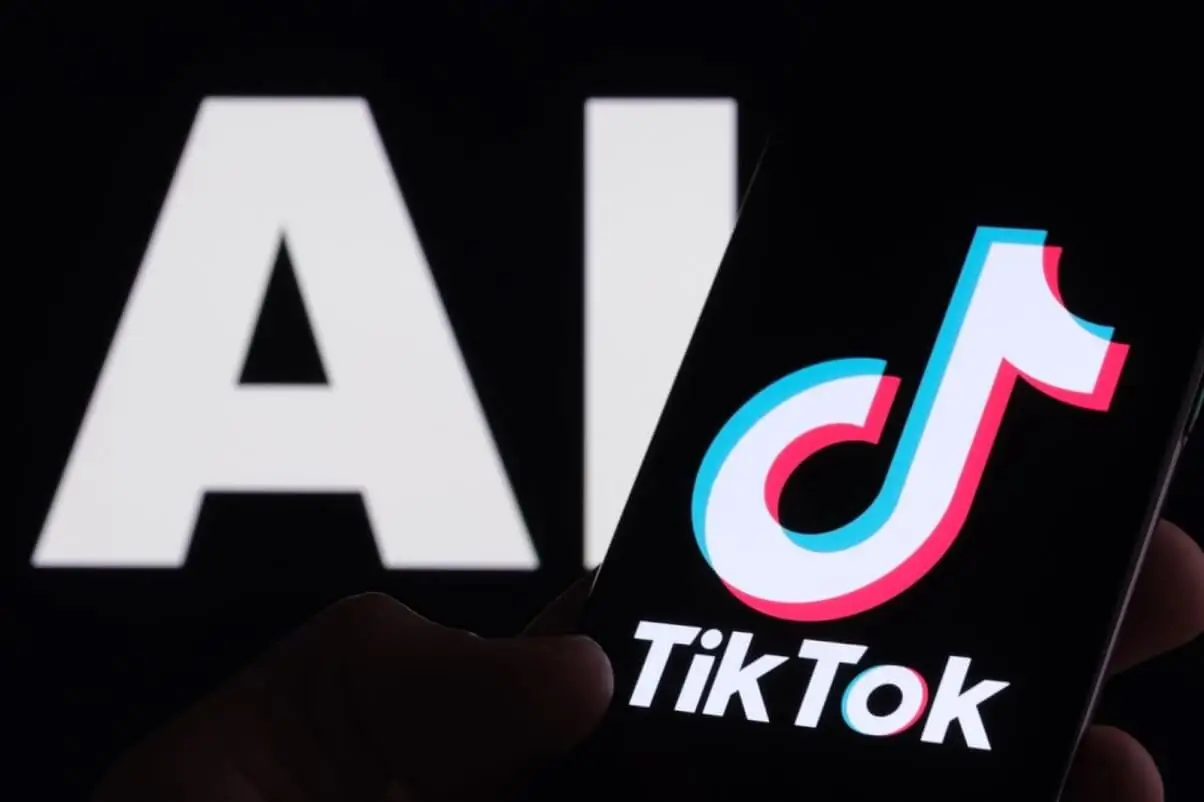
TikTok needs to learn as much info about you as it can. This way it knows what kind of content to serve you when you open up the app. The 1st sequence of videos you consume from the feed is designated to do two things. The 1st is to keep you in the app for as long as possible by showing you content that is classified as having high engagement rates across the whole audience and the content that has the lowest exit rates. The second thing is to determine what types of content you personally like considering your Rewatch Rate and Completion Rate plus the videos you put a like on and leaving comment below and also considering trends and hashtags. Thus, an individual score-based profile has been created for your account as it’s been explained in the previous paragraph.
TikTok algorithm explained and final thoughts
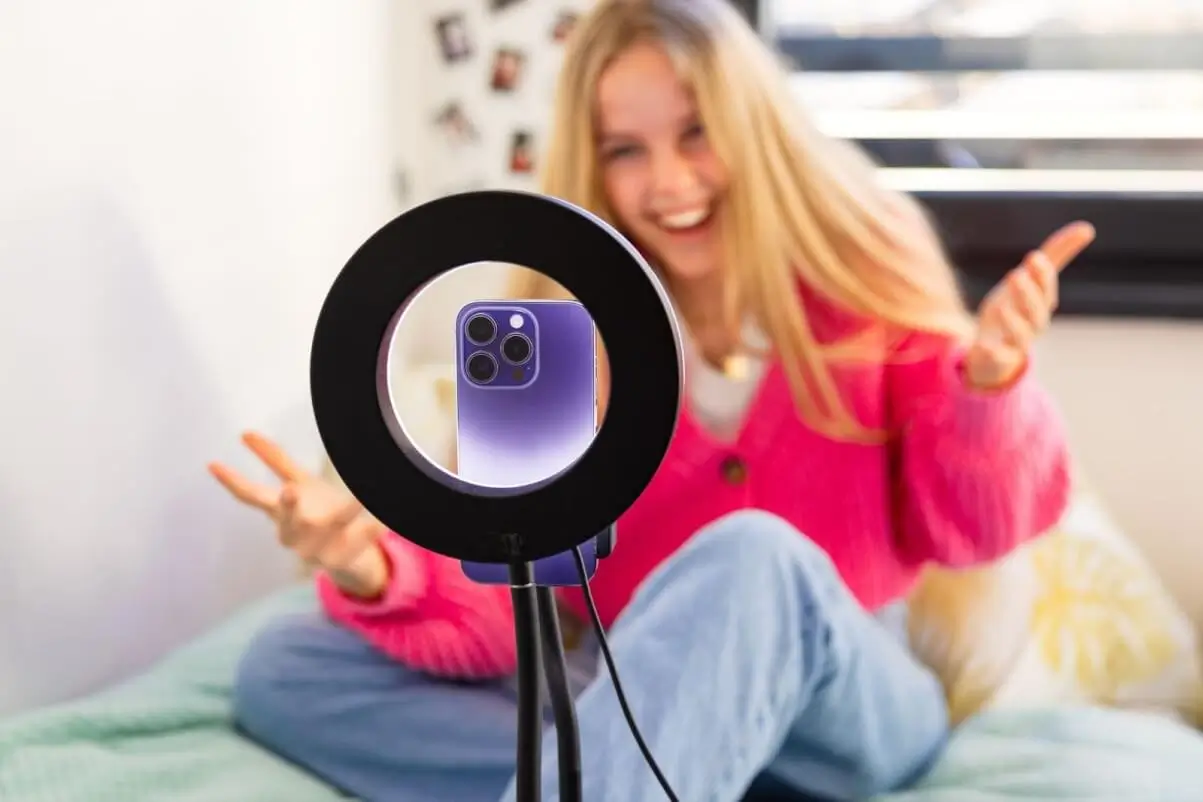
Algorithm engineering involves optimizing and fine-tuning algorithms to achieve optimal performance and efficiency in real-world applications. TikTok is a short-form video app that has pioneered an initially new methodology with an ever-changing algorithm to decide what their users consume.
TikTok developed a scoreboard to rate content that is both applicable for viewers and content creators and based on that in combination with AI learning it results in providing you with the most engaging videos to keep you in touch. After that, it keeps updating the content in a loop to make sure it is still going to be up to your taste, and as a result, makes you return to the session.

Author
Founder of VJump. In addition to business, he is passionate about travel photography and videography. His photos can be viewed on Instagram (over 1 million followers), and his films can be found on his YouTube channel.
Moreover, his profile is featured on the most popular and authoritative resource in the film industry — IMDb. He has received 51 international awards and 18 nominations at film festivals worldwide.















